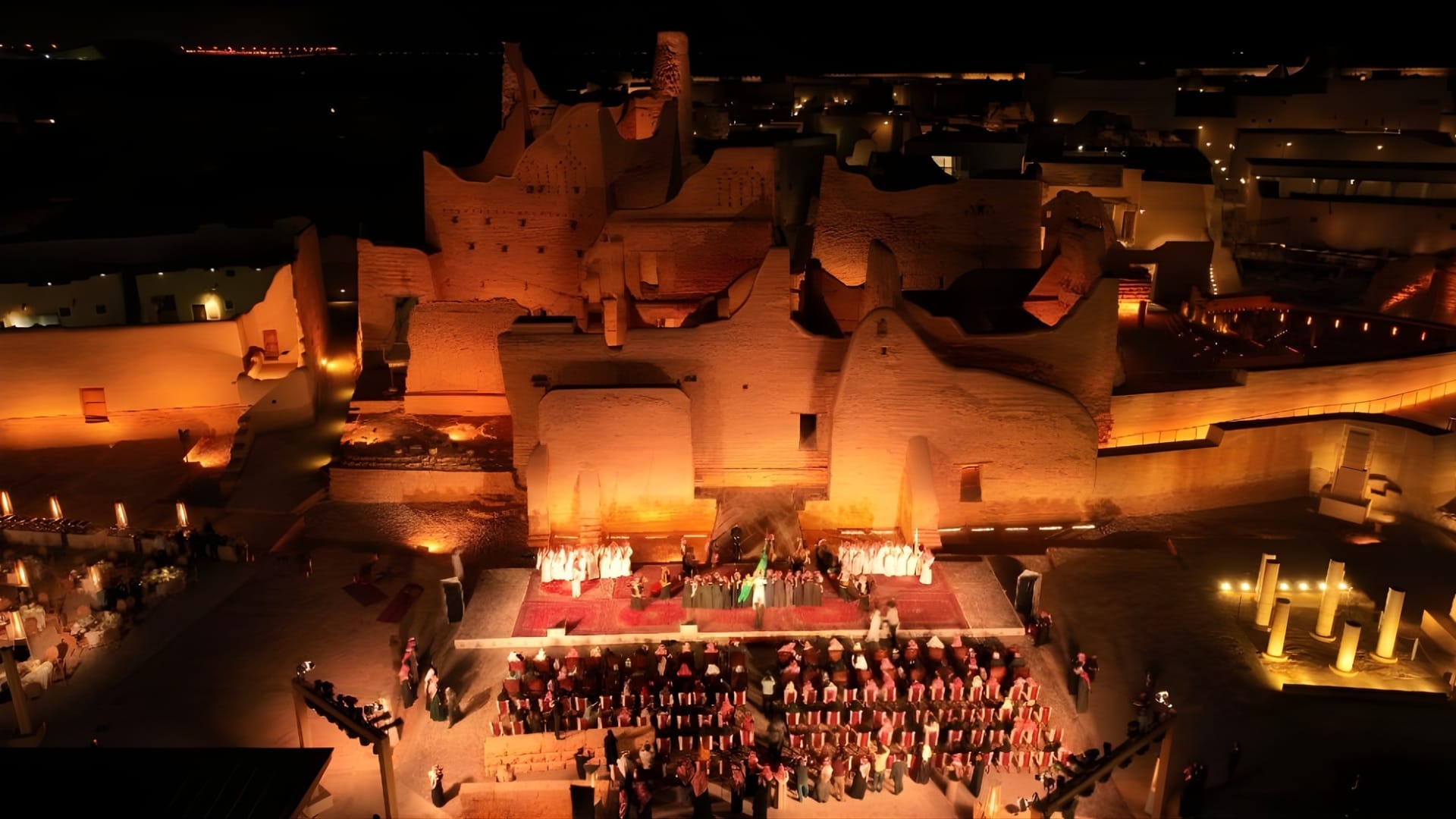From early winter to the first bloom of spring, Diriyah, the birthplace of the Saudi state, opens its adobe lanes and shaded courtyards to a five‑month celebration of living heritage. Between November 1, 2025 and March 23, 2026, Diriyah Season invites families, students, and travelers to experience Najdi culture where it first took shape: among the palaces of At‑Turaif, the souqs of Al‑Bujairi, and the wadis that carry evening song.
What is Diriyah Season?
Diriyah Season is a heritage‑led cultural calendar staged across the historical districts of Diriyah. It centers on At‑Turaif, a UNESCO World Heritage Site and former capital of the First Saudi State, while activating neighboring areas like Al‑Bujairi, Al‑Murayih, Adhwaihrah, Al‑Tawalie, Samhan, and the Wadi Safar outlooks. The 2025–26 edition carries the theme “Where You Experience Legacy,” emphasizing direct encounters with history through architecture, performance, craft, and cuisine.
Diriyah: A Brief History
Diriyah, the birthplace of Saudi Arabia and ancestral home of the Al Saud family, grew from a 15th-century oasis to the 18th-century capital of the First Saudi State. Its adobe (dried mud brick) palaces in At‑Turaif hosted councils, scholarship, and diplomacy that shaped the Arabian Peninsula. After periods of siege and dispersal, Diriyah’s story became one of resilience and careful restoration.
That is what makes Diriyah Season compelling: programs unfold inside the original urban fabric. Night concerts echo off earthen walls, souqs return to historic market lines, and family workshops happen under palm‑shaded lanes. Visitors aren’t stepping into a replica. They’re walking the same streets that carried the earliest chapters of Saudi statehood.
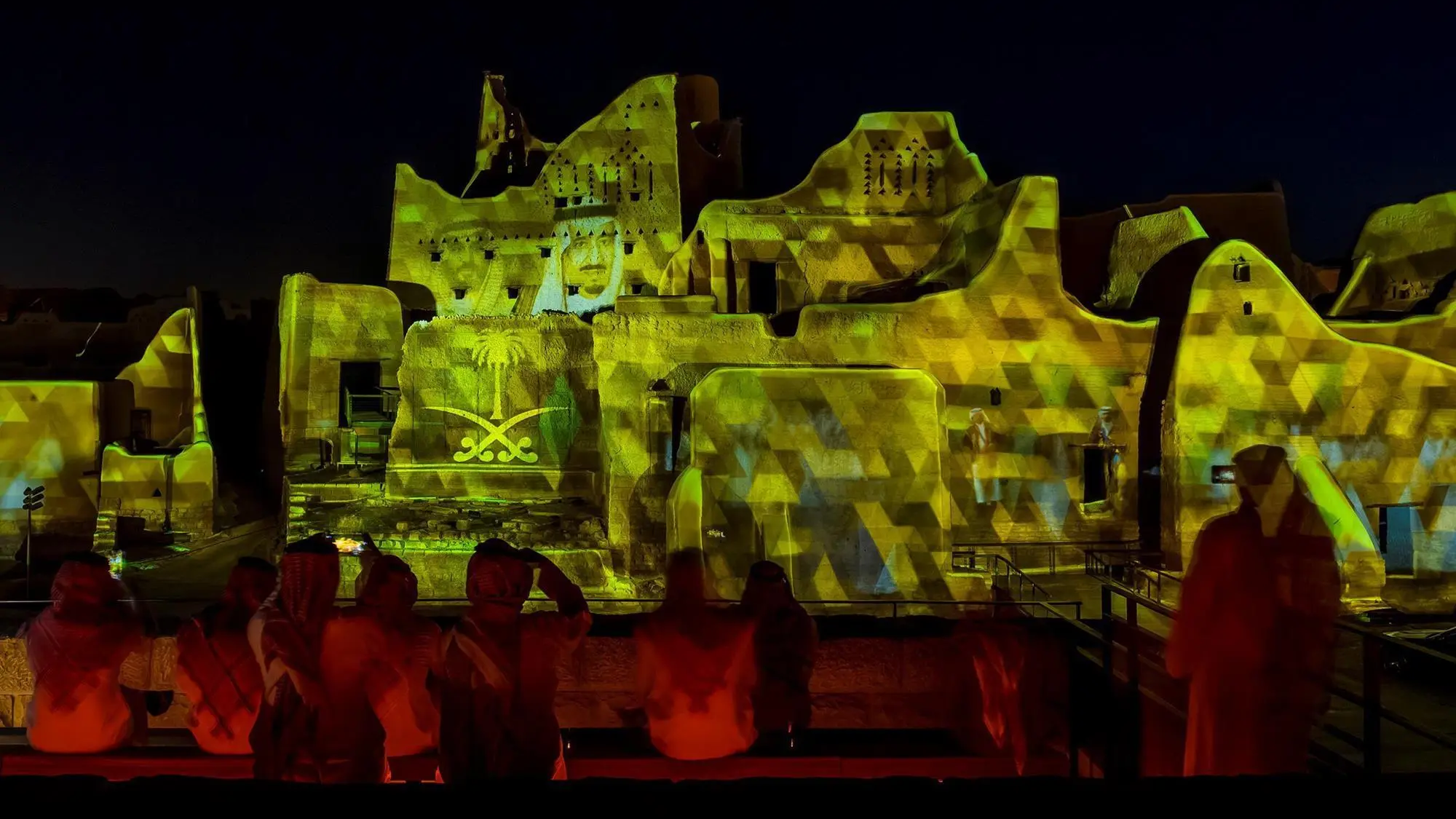
Signature Programs and What They Offer
1) Hal Al‑Qusoor: Inside the Palaces of At‑Turaif
Hal Al‑Qusoor is the flagship exhibition of the season. Hosted in At‑Turaif, it offers rare narrative access to the imam and royal palaces that structured political and social life in historic Diriyah. The exhibition traces governance, daily routines, and the architectural logic of Najdi palatial homes. For many visitors, it will be the first time to engage these spaces as a cohesive story rather than isolated rooms.
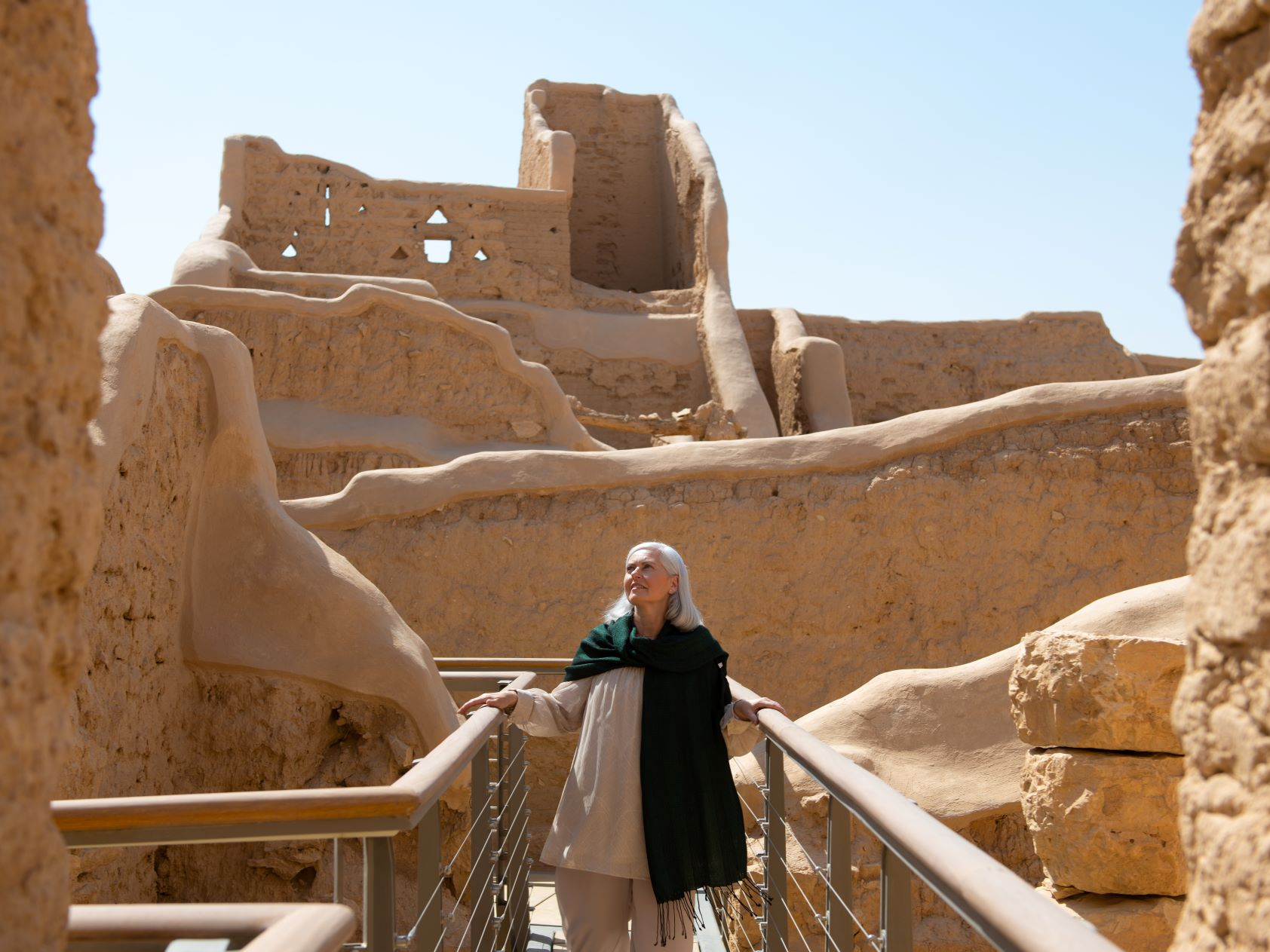
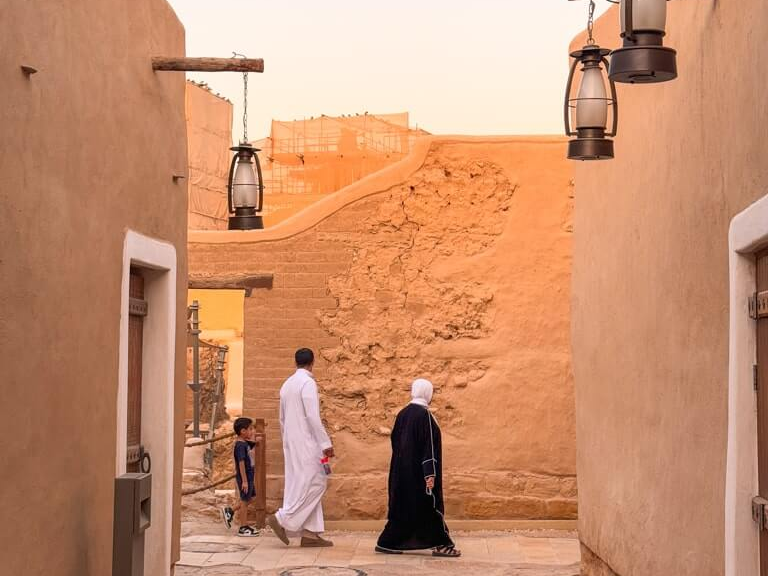
2) TYN Festival: Earthen Architecture, Contemporary Dialogue
The TYN (Clay) Festival gathers architects, conservationists, and craftspeople around the evolution of earth building in Najd. Expect talks, live building demonstrations, and design workshops that link traditional techniques with modern sustainability. The setting within sight of At‑Turaif’s restored silhouettes makes the technical sessions feel immediate and grounded.

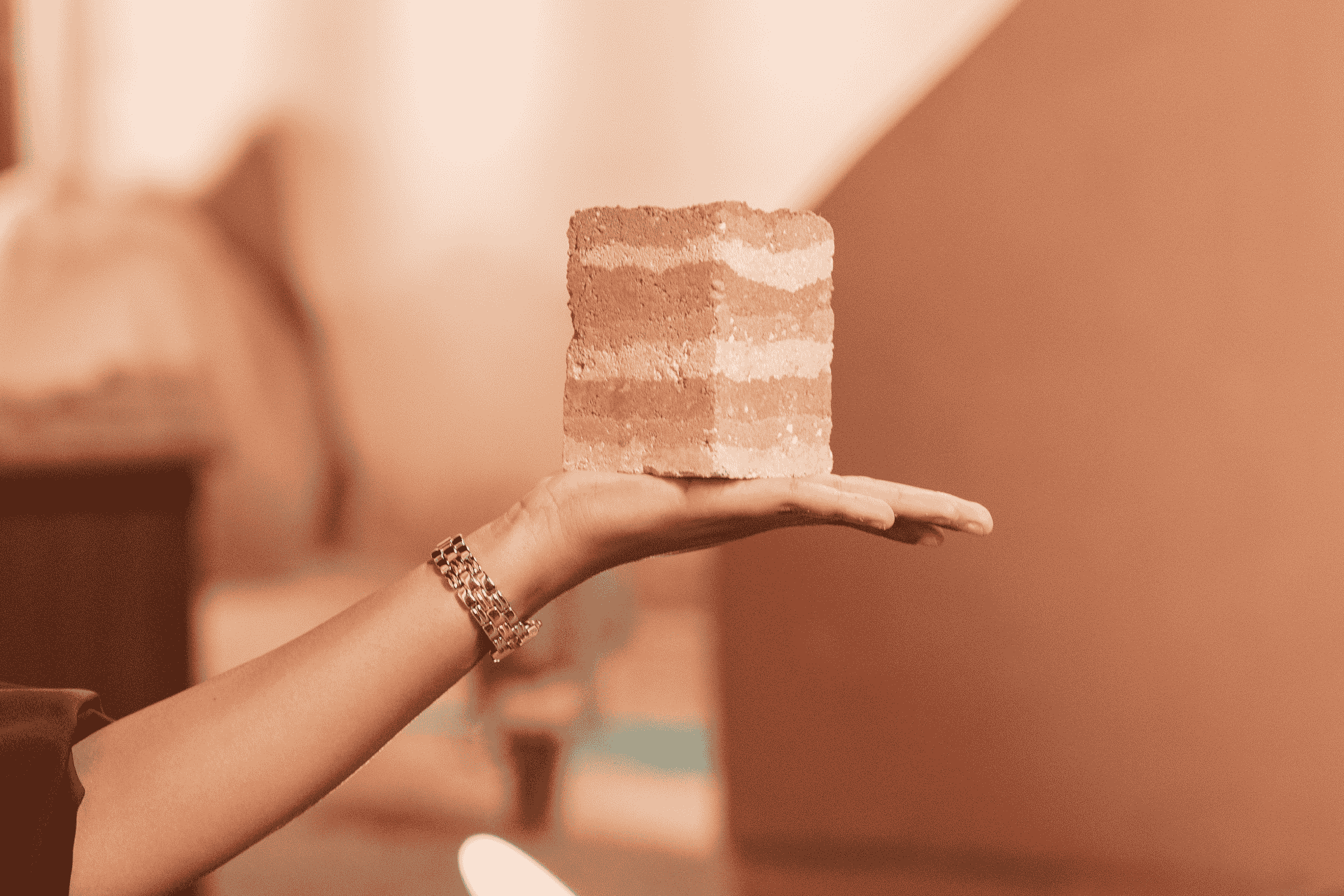
3) Layali Al‑Diriyah: Nights of Music, Craft, and Cuisine
Layali Al‑Diriyah transforms Al‑Murayih into a nightly open‑air destination. Live music sets the mood. Craft showcases let visitors meet artisans who braid palm fronds, embroider, or work leather. Culinary stations serve Najdi staples alongside contemporary takes. Families linger, and the pace slows as lanterns glow across the palms.
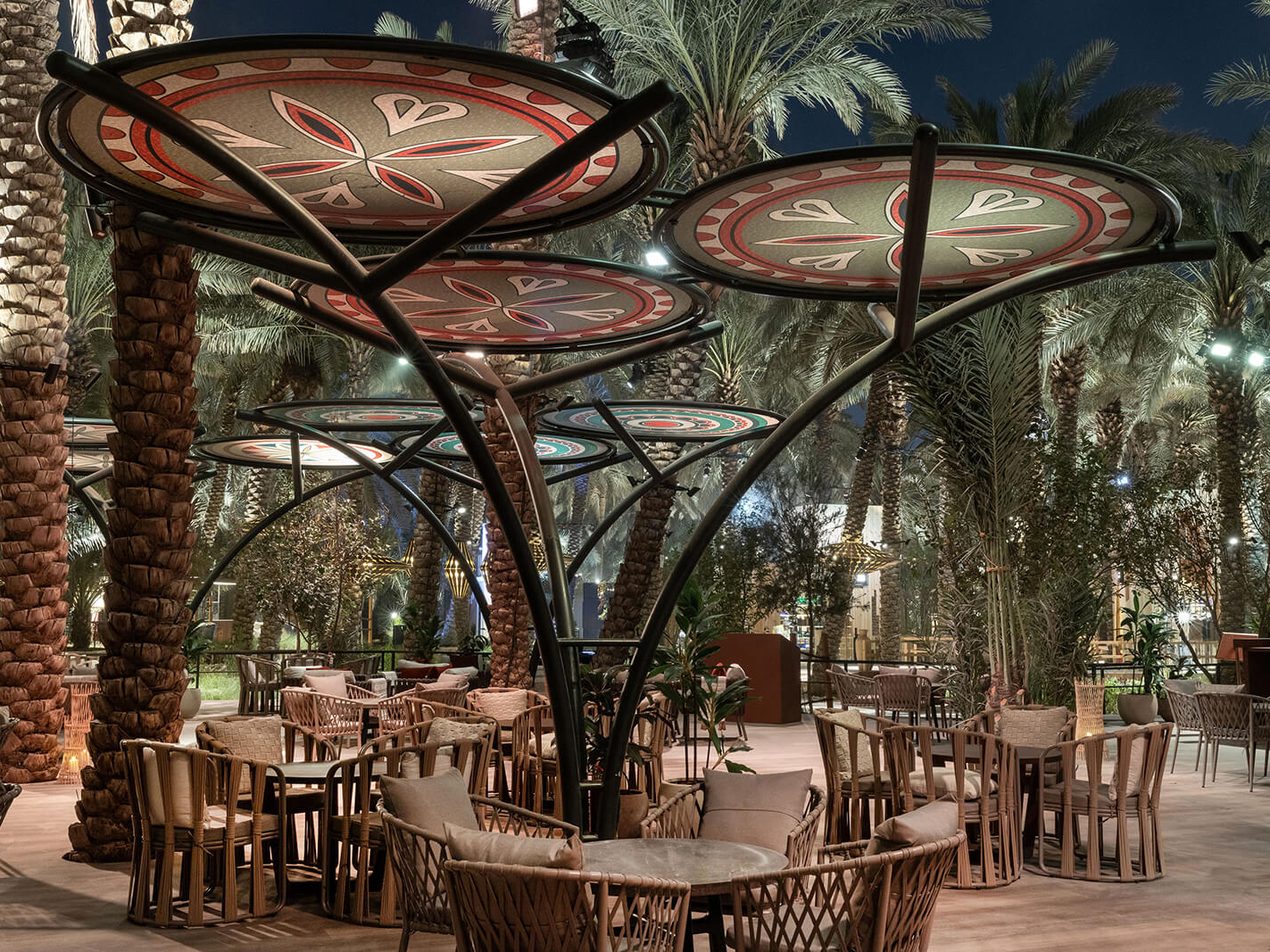
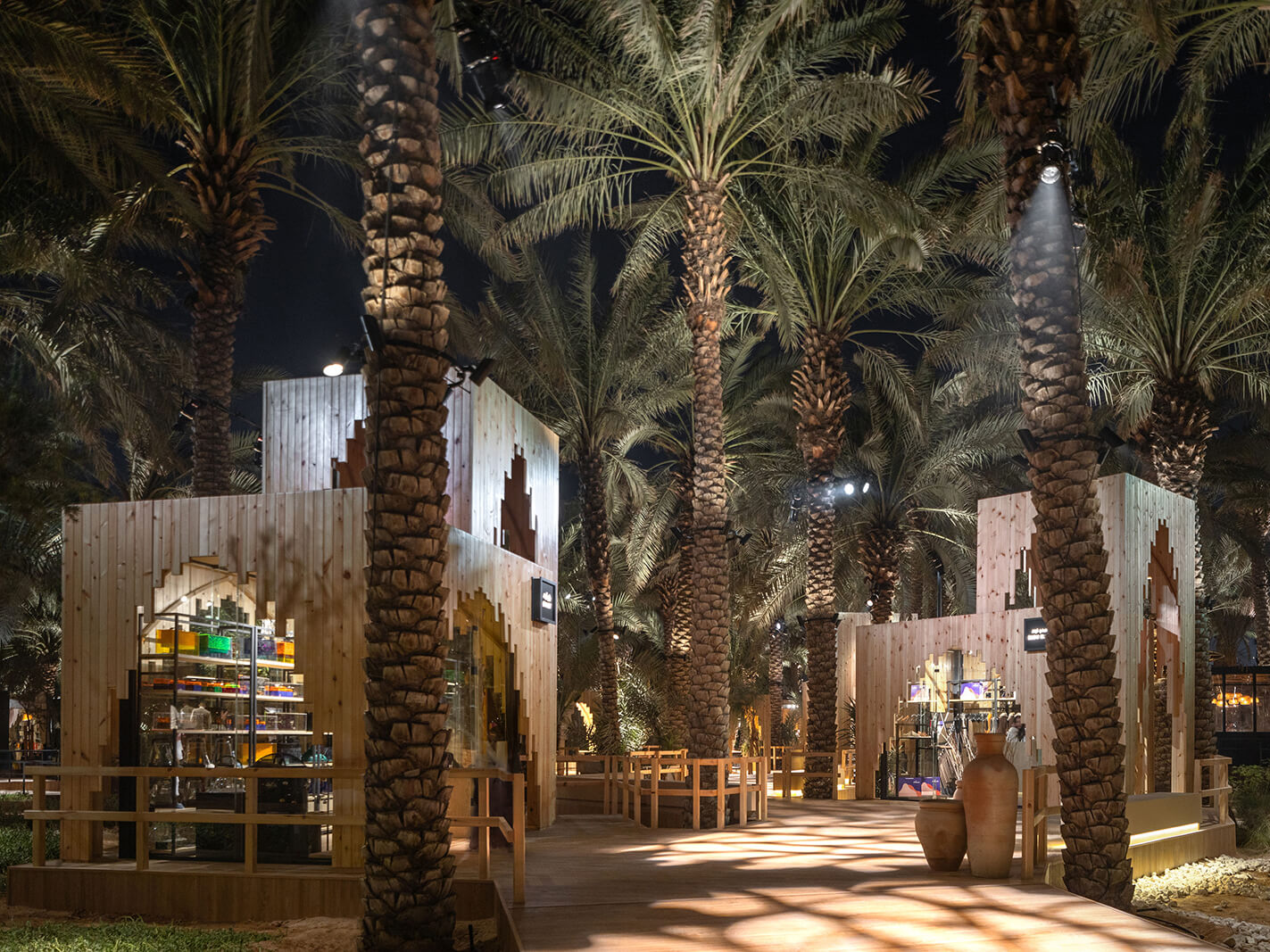
4) Souq Al‑Mawsim: A Seasonal Market with a Kyoto Spotlight
In Al‑Tawalie, Souq Al‑Mawsim operates as a seasonal marketplace for regional produce, craft, and design. This year carries a special Kyoto spotlight, marking 70 years of Saudi–Japanese relations. Visitors can browse Japanese craft dialogues beside Najdi wares, a subtle reminder that heritage thrives through exchange.
5) Sada Al‑Wadi: Folk Arts Under the Stars
Sada Al‑Wadi activates open spaces with Saudi folk performance. Audiences encounter Samri rhythms, antiphonal poetry, and regional musical traditions that have animated Najdi gatherings for generations. The program underlines how oral forms preserve collective memory, especially when performed in the very wadis that shaped their sound.
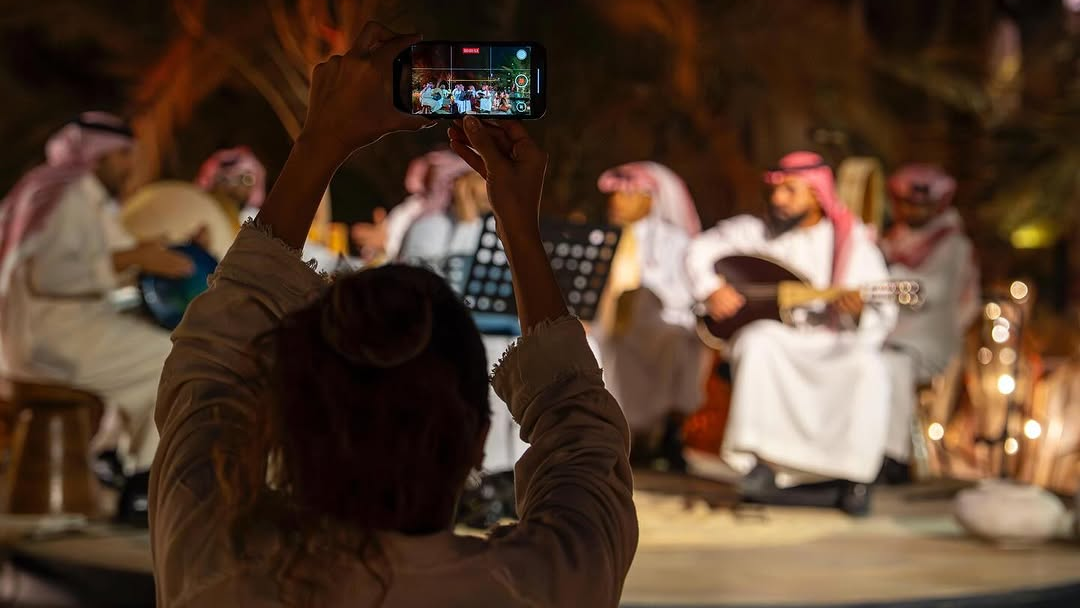
6) Diriyah Storytelling Festival: Voices, Memory, and the Written Word
At Al‑Bujairi, the Diriyah Storytelling Festival brings authors, poets, and oral historians together. Readings, children’s story circles, and talks create a bridge between classical forms of narration and contemporary Saudi literature. Families come for the kids’ sessions; students stay for the craft of writing and the voices that carry place‑based memory.
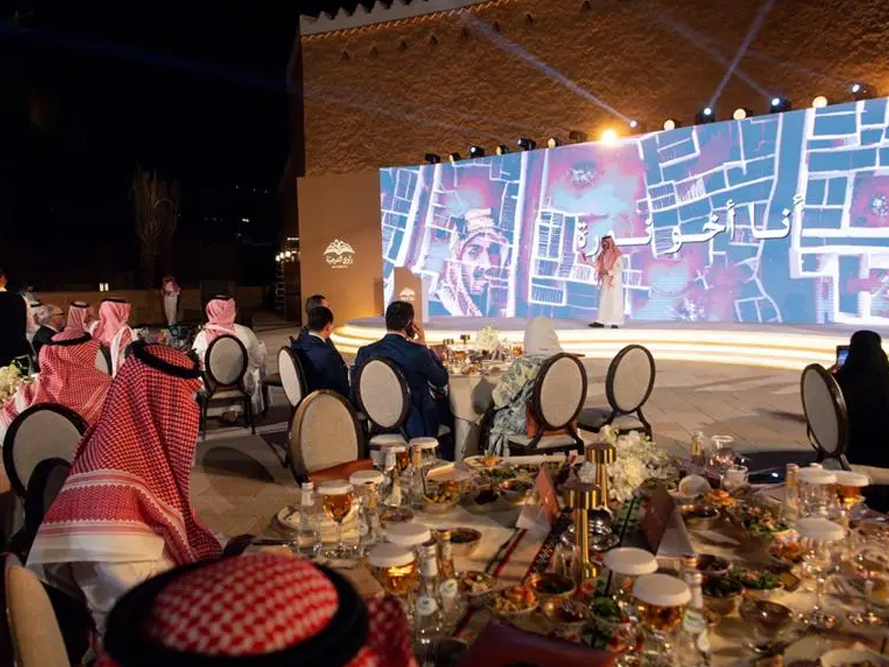
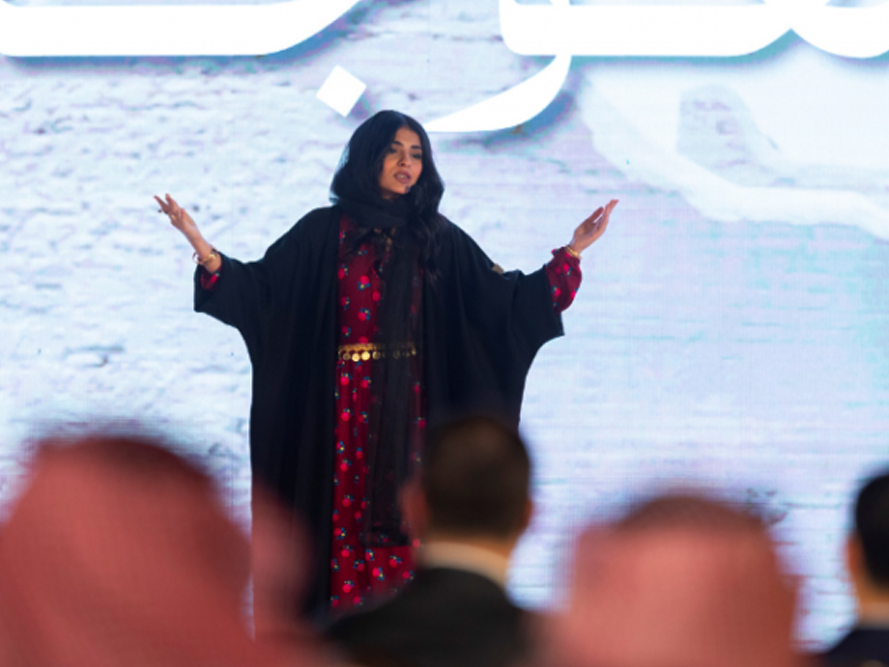
7) Family Zones: Msalliyah & Al‑Huwayett
In Adhwaihrah, the Msalliyah and Al‑Huwayett zones prioritize hands‑on learning. Children try beginner craft techniques, traditional games, or simple conservation tasks. Parents can join short workshops on Najdi motifs or material science for heritage buildings. It’s a gentle entry point that turns curiosity into skill.
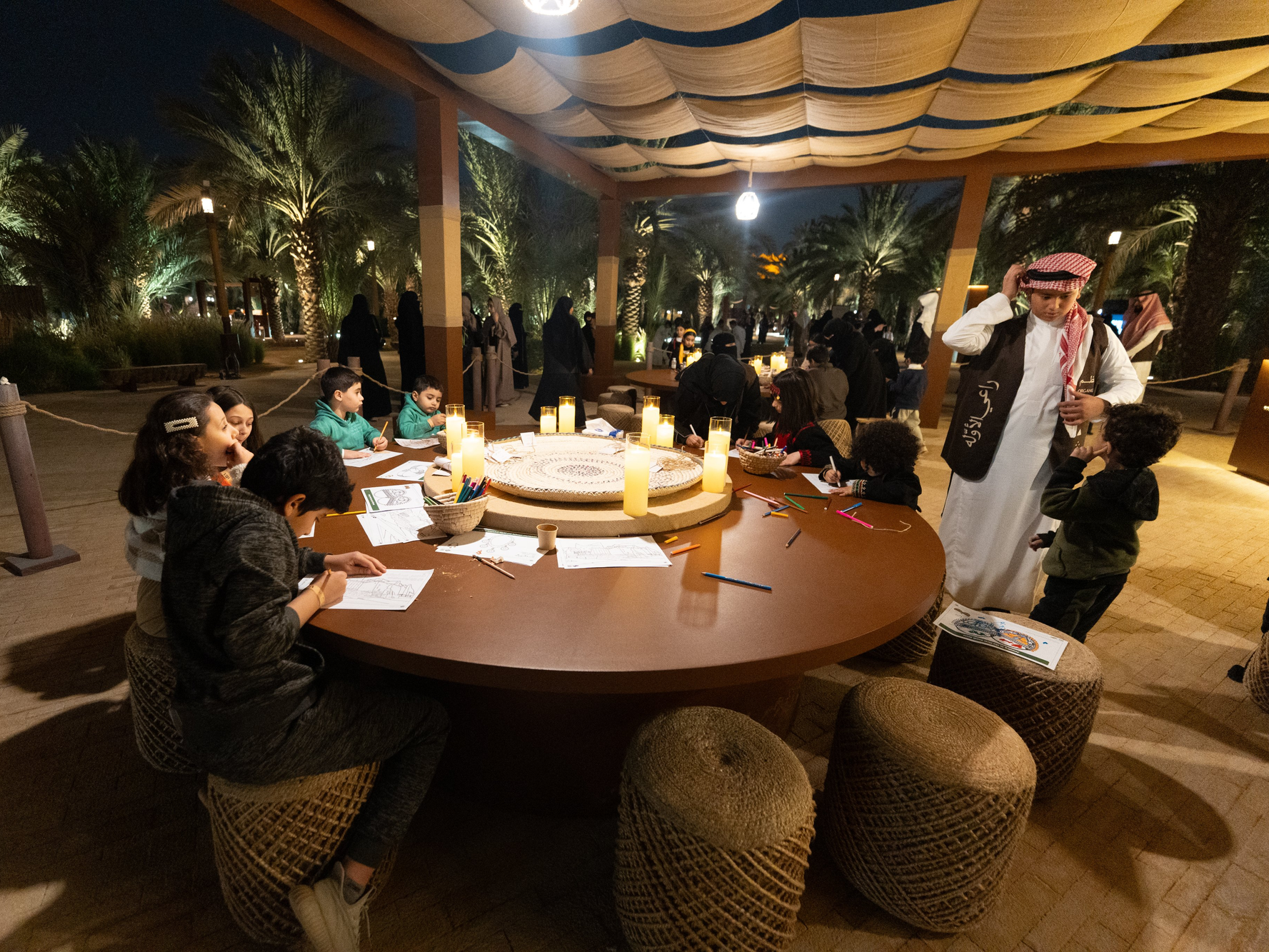
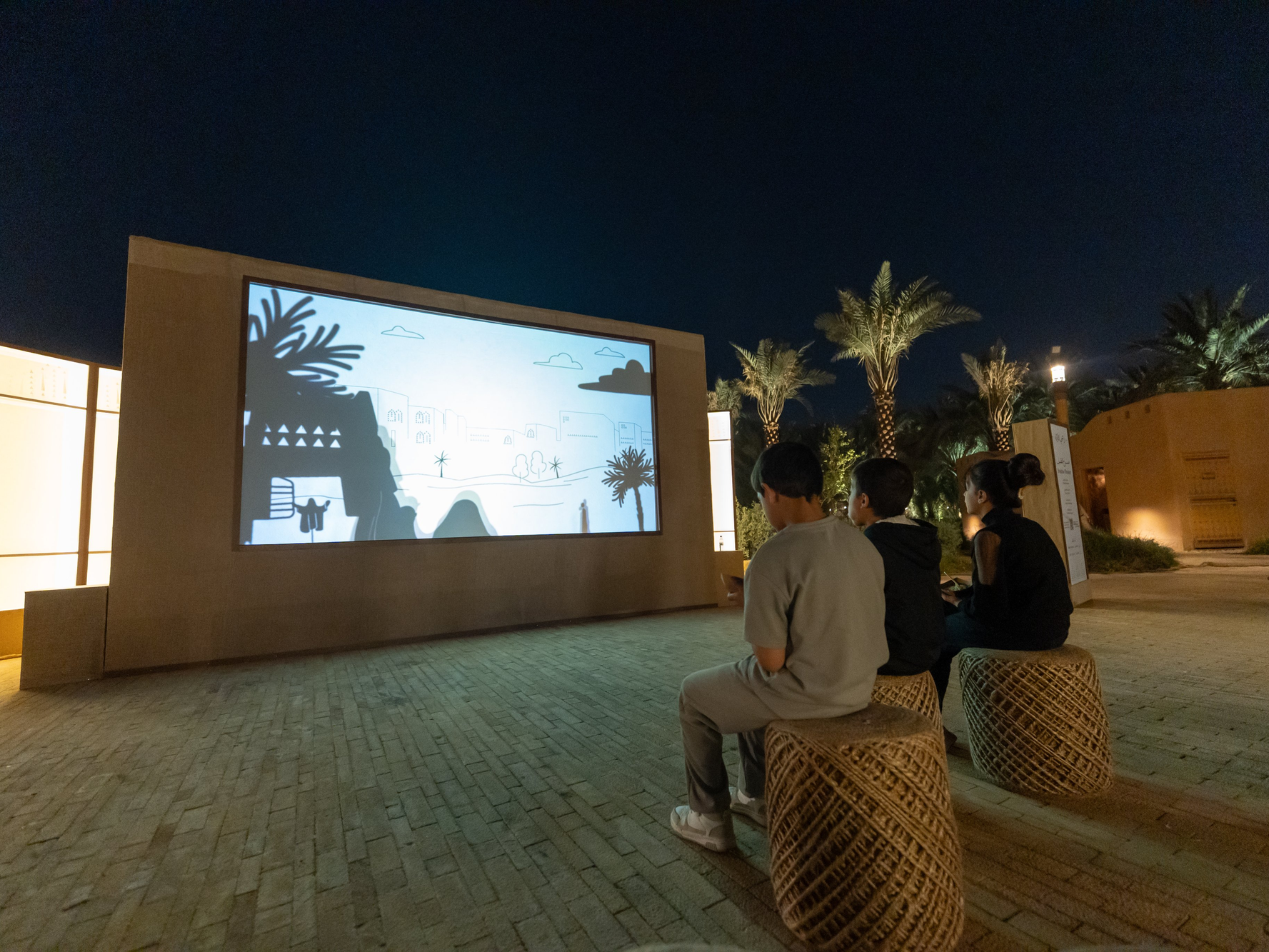
8) Minzal: Hospitality with a View of Wadi Safar
Minzal offers an elevated hospitality experience overlooking Wadi Safar. Expect majlis seating, guided tastings, and curated views of the Diriyah landscape. It’s a reminder that Saudi hospitality is not only about what is served, but also about how guests are welcomed into a place.
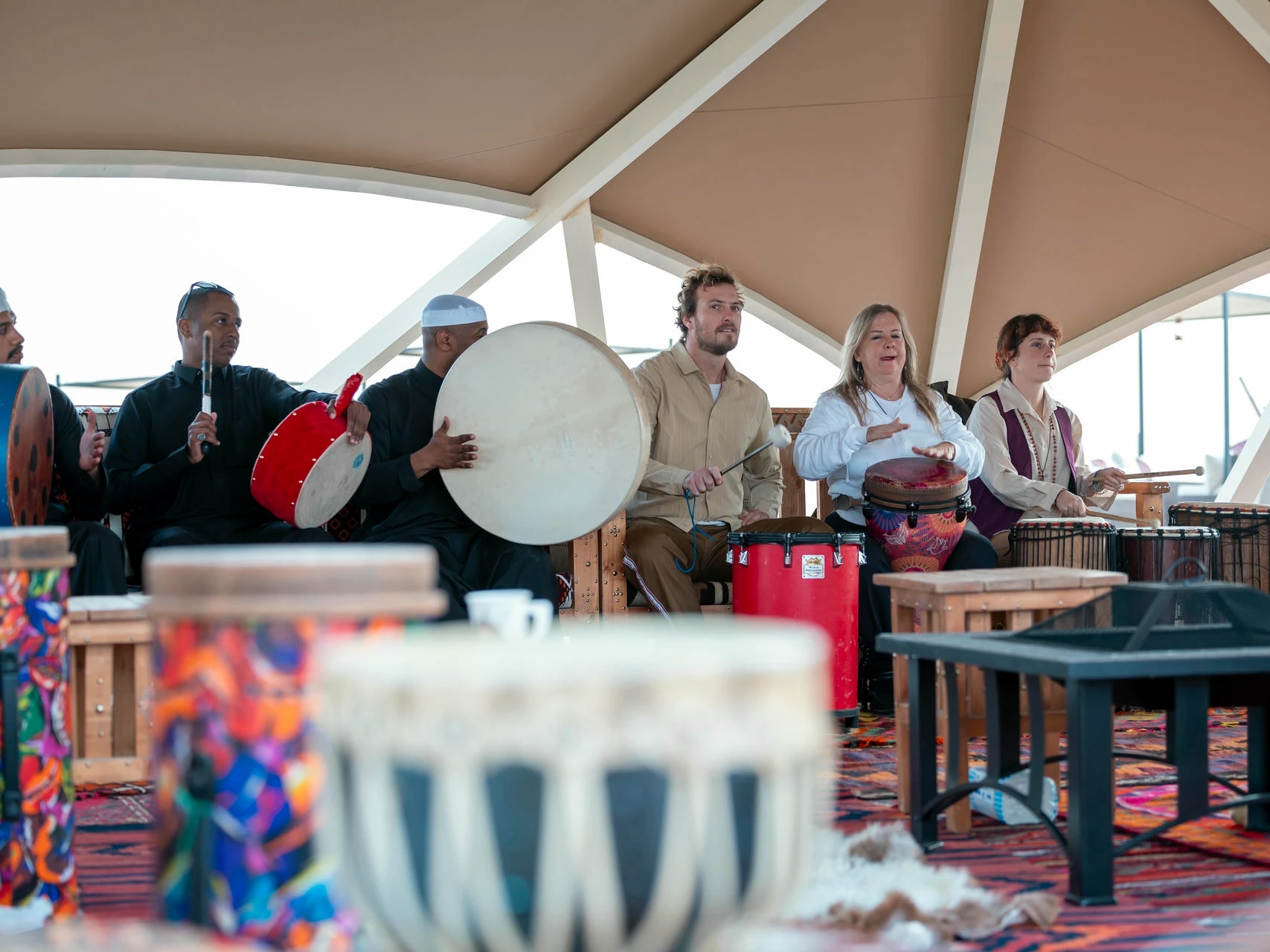
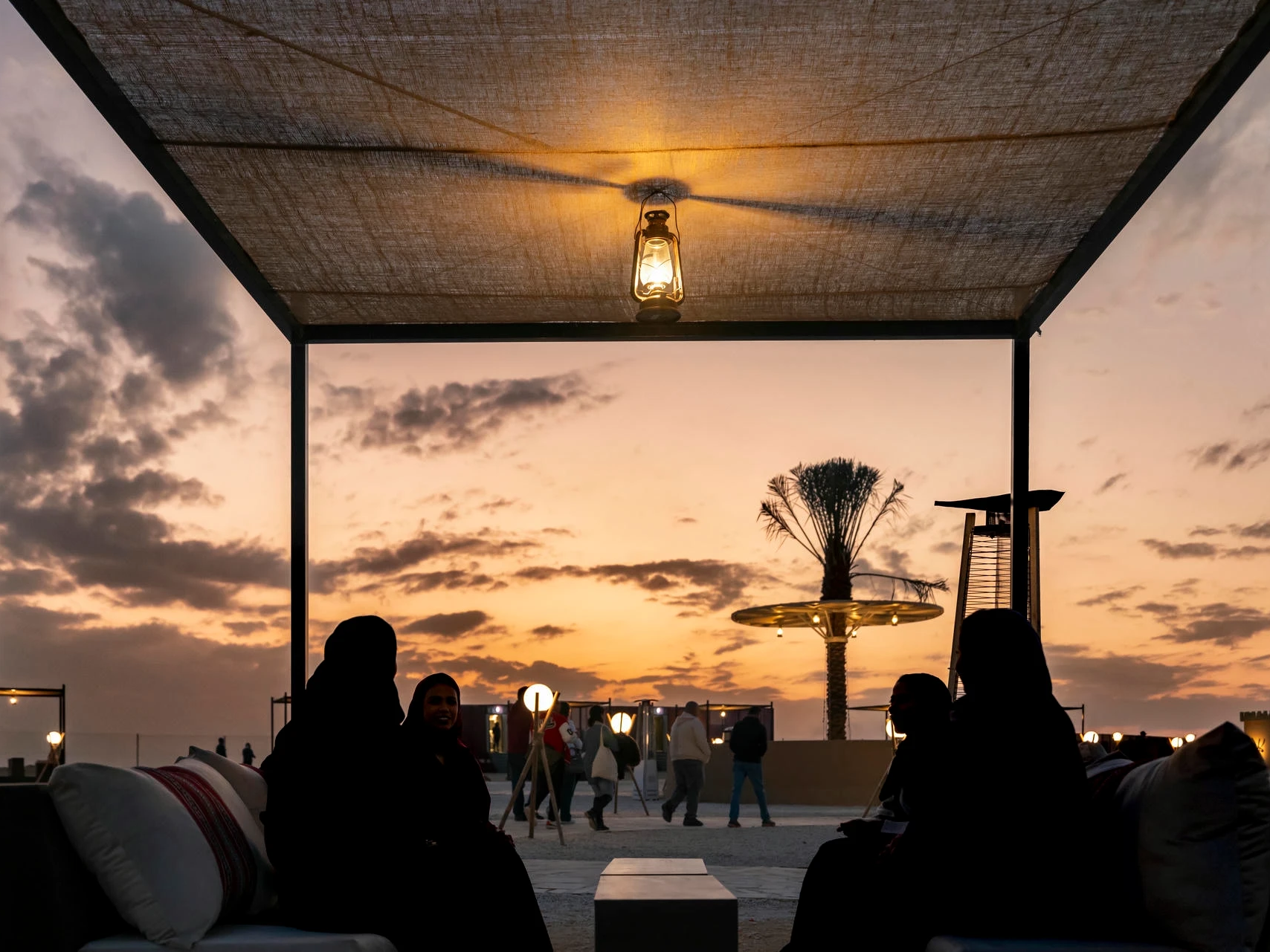
9) Zallal Pop‑Ups: Contemporary Energy in a Historic Setting
The Zallal district hosts rotating exhibitions, design pop‑ups, and installations that connect contemporary Saudi creativity to Diriyah’s historic narrative. The contrast is intentional: adobe silhouettes on the horizon, new ideas at street level.
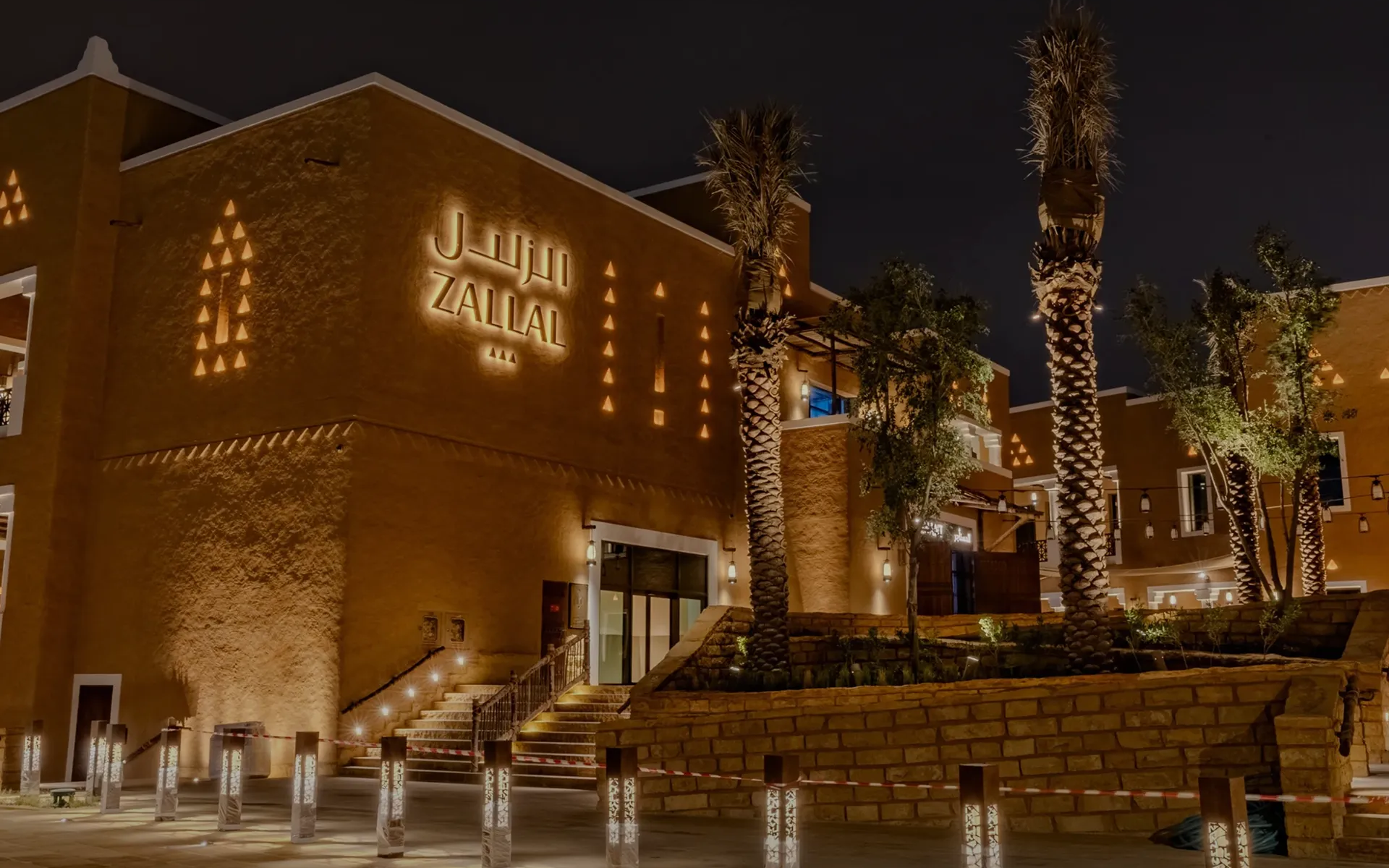
How Diriyah Season Strengthens Cultural Continuity
The power of Diriyah Season is not only in what it shows, but how it shows it. By staging heritage in its original settings, the season turns spectators into participants. It supports artisans through paid work, invites architects to learn from vernacular intelligence, and gives children a playful entry into preservation. International spotlights, like the Kyoto focus, are framed as dialogues rather than displays, so exchange enriches rather than overwhelms.
The result is a culture that feels both rooted and responsive: confident in its sources, open to conversation, and committed to passing knowledge forward.
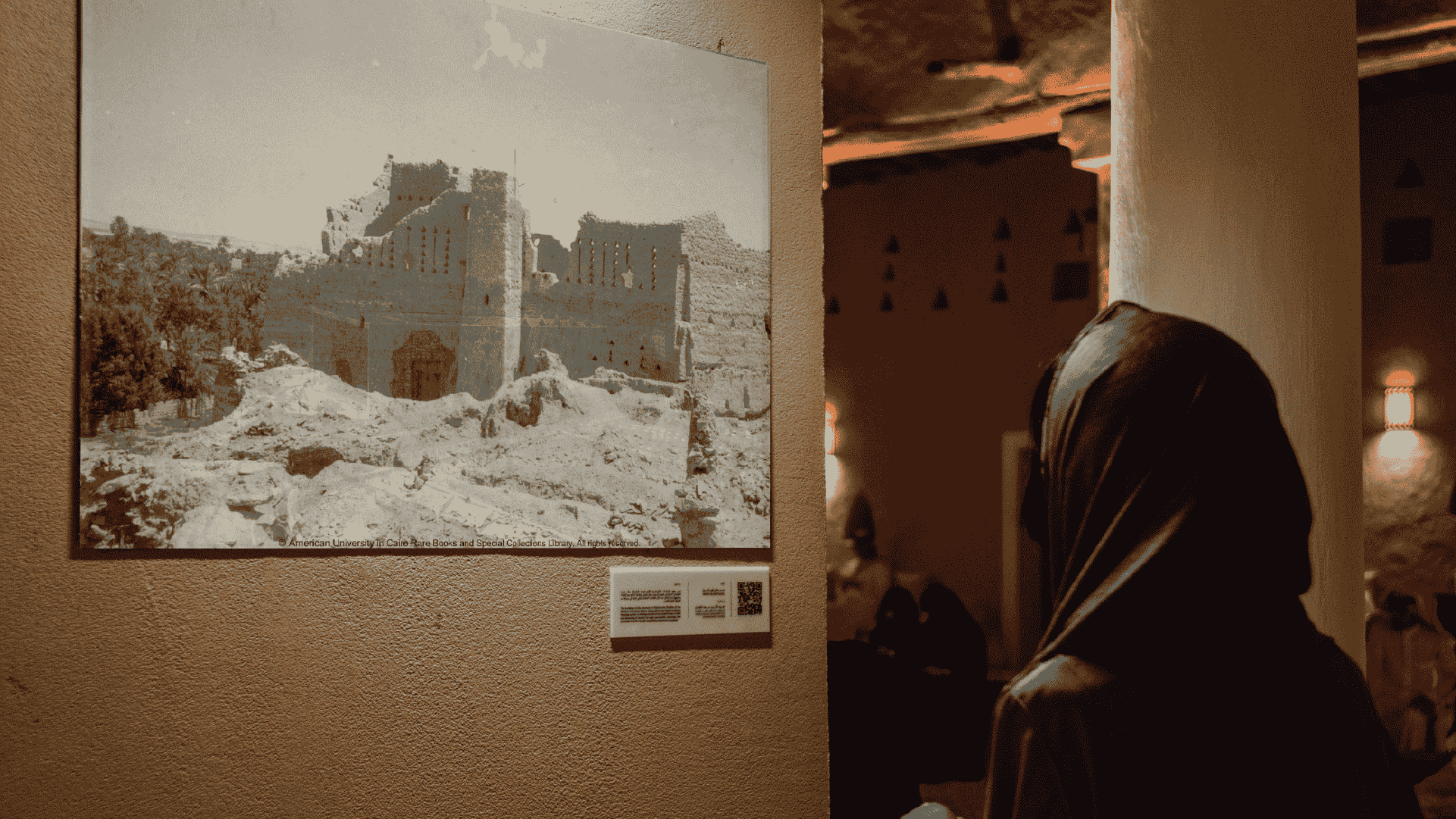
The Story Continues in Diriyah
In Diriyah, the past is not a quiet archive. It breathes in courtyard shadows, echoes in Samri rhythm, and rests in the warm weight of adobe walls. During the 2025–26 season, that living heritage is offered to anyone willing to slow down and listen. The gates are open, the story is alive, and the invitation is simple: come experience legacy where it was born.
Follow the Kingdom’s Cultural Calendar
Subscribe to Saudi Cultures for weekly updates on events, heritage, and voices across the Kingdom.
